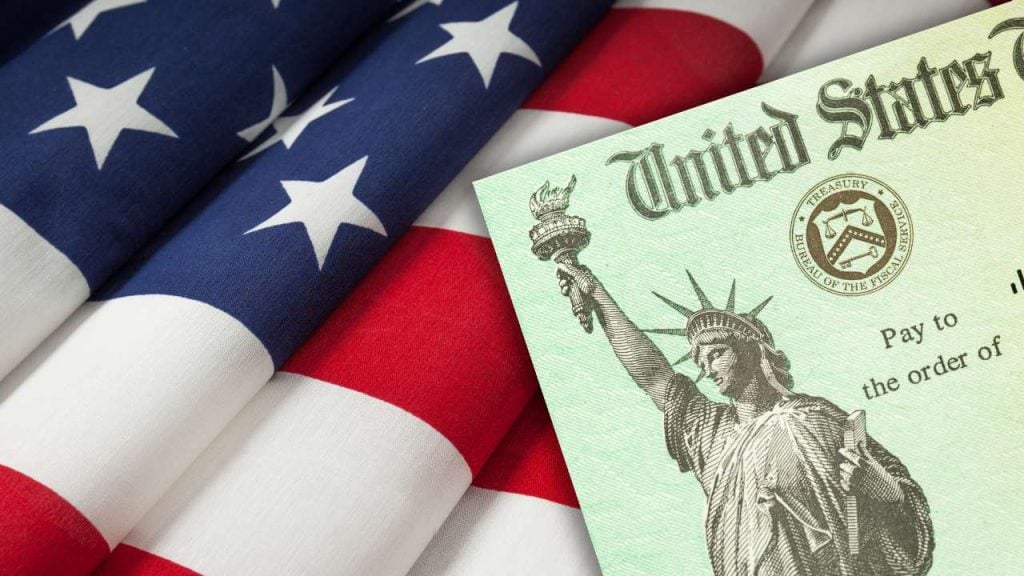The Internal Revenue Service (IRS) completed distributing pandemic-related stimulus checks. Automatic payments totaled $2.4 billion, benefiting nearly 1 million taxpayers. These funds covered unclaimed 2021 Recovery Rebate Credits. Delivery methods included direct deposit or physical checks.
The IRS set April 15, 2025, as the deadline to claim the credit. After expiration, no extensions are available, so, unclaimed amounts revert to the federal government for institutional expenses. Non-filing taxpayers permanently lost access to these resources. Now, what about other stimulus programs rumored on the news and social media?
Goodbye to the stimulus checks you didn’t claim on time
The Recovery Credit corresponded to the third $1,400 pandemic stimulus payments. Eligibility required specific adjusted gross income and a valid Social Security Number. Citizens and legal residents could access it through timely tax filing.
AGI thresholds were $75,000 (single filers) and $150,000 (couples). Eligibility phased out at $80,000 and $160,000, respectively. Filing a 2021 tax return was mandatory, even with minimal income. The IRS accepts no claims after April 15, 2025, so, if you didn’t comply with that time, you’ve lost the money forever.
Local initiatives to get stimulus payments in 2025
Some states maintain local economic support initiatives. New York is providing $150 to $400 payments to qualified residents. California and Colorado implemented measures labeled “inflation checks”. These programs operate independently of recent federal actions.
Recipients of automatic payments received postal notifications. Refund status is verified via the IRS “Where’s My Refund?” tool. This platform requires SSN, filing status, and expected amount. State refunds use portals like Maine Revenue Services.
Unvalidated initiatives circulate regarding additional federal payments. In February 2025, a “DOGE Dividend” of $5,000 per household was mentioned. The proposal emerged from Donald Trump to Elon Musk discussions. The original funding referenced budget savings that were supposed to be returned to American families, with checks of up to $5,000 per eligible household.
Since the beginning, the initiative faced significant barriers that have delayed its actual advance towards concretion. It requires Congressional legislative approval, a process not yet initiated, and now, with the United States involved in an international war conflict, that is even less possible to happen.
Are there funds for a fourth round of stimulus checks?
Furthemore, Elon Musk’s May departure from the Department of Government Efficiency creates uncertainty. Economic experts question feasibility of budget cuts, that, so far, are not possible to be inspected to find if they’re actually true or just propaganda.
The plan proposed distributing 20% of $2 trillion in federal savings. Trump advisor James Fishback designed the funding structure. It aimed to avoid deficits using only DOGE-identified operational cuts. Eligibility would prioritize households exceeding $40,000 in net income and AGI.
April 2025 reports indicate actual $155 billion savings from DOGE. This equals roughly $1,000 per individual taxpayer. The figure falls short of the initially promised $5,000 per household. Required $2 trillion appears unattainable with current data.
Official reviews rule out concrete progress, so, as of me, I wouldn’t expect a check any soon. News sites confirmed on June 18 that “no new federal checks have been approved”. A Washington source denied viral rumors about June distribution, so, dividend progress appears stalled.
James Fishback continues promoting the idea, claiming political backing. However, he has provided no recent updates or definitive data. No evidence exists of legislative development, administrative progress, or Congressional negotiations.
The White House has issued no recent statements on the matter. New geopolitical conflicts reprioritize the agenda. Focus centers on higher-priority operational and strategic affairs.
